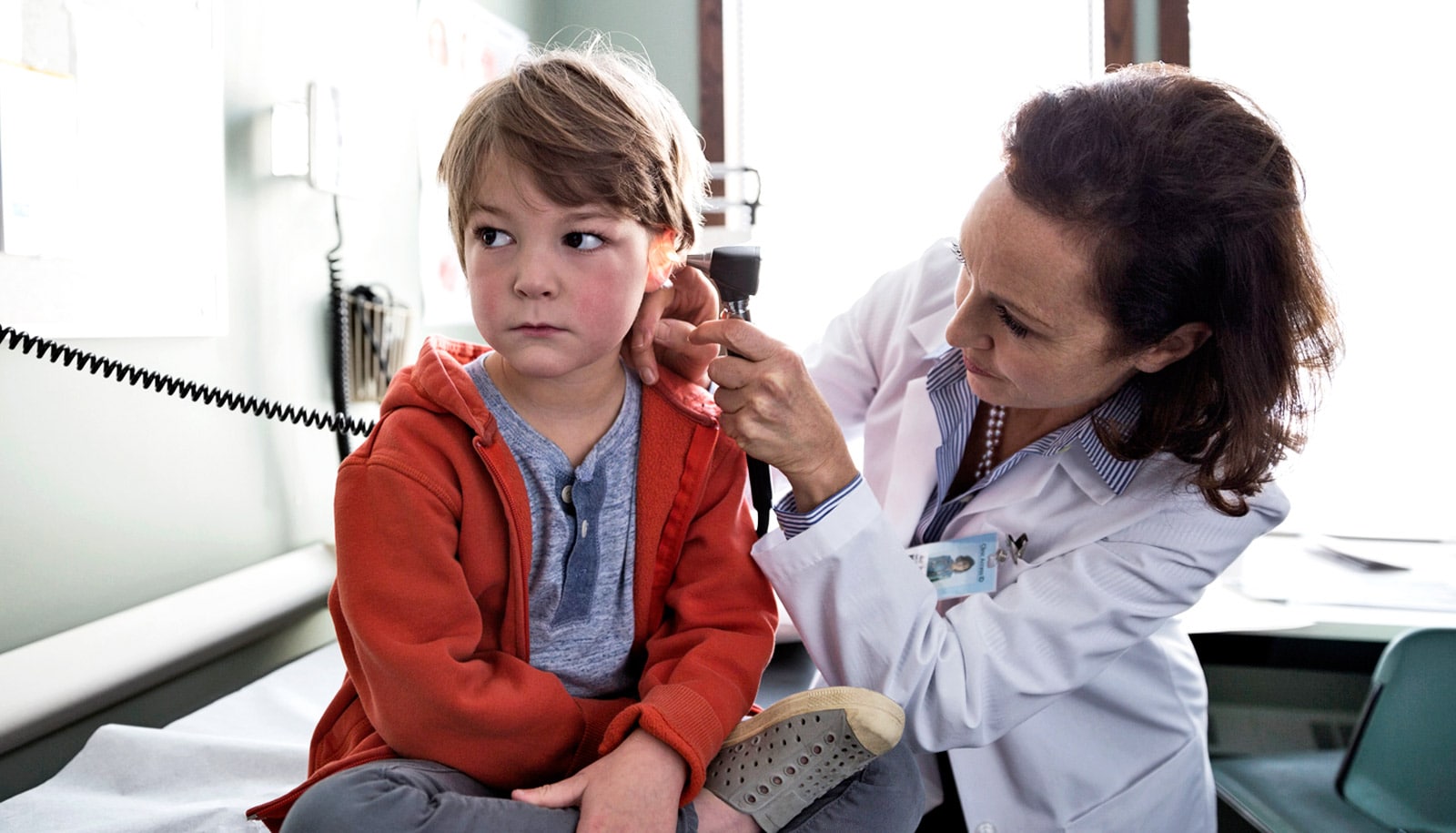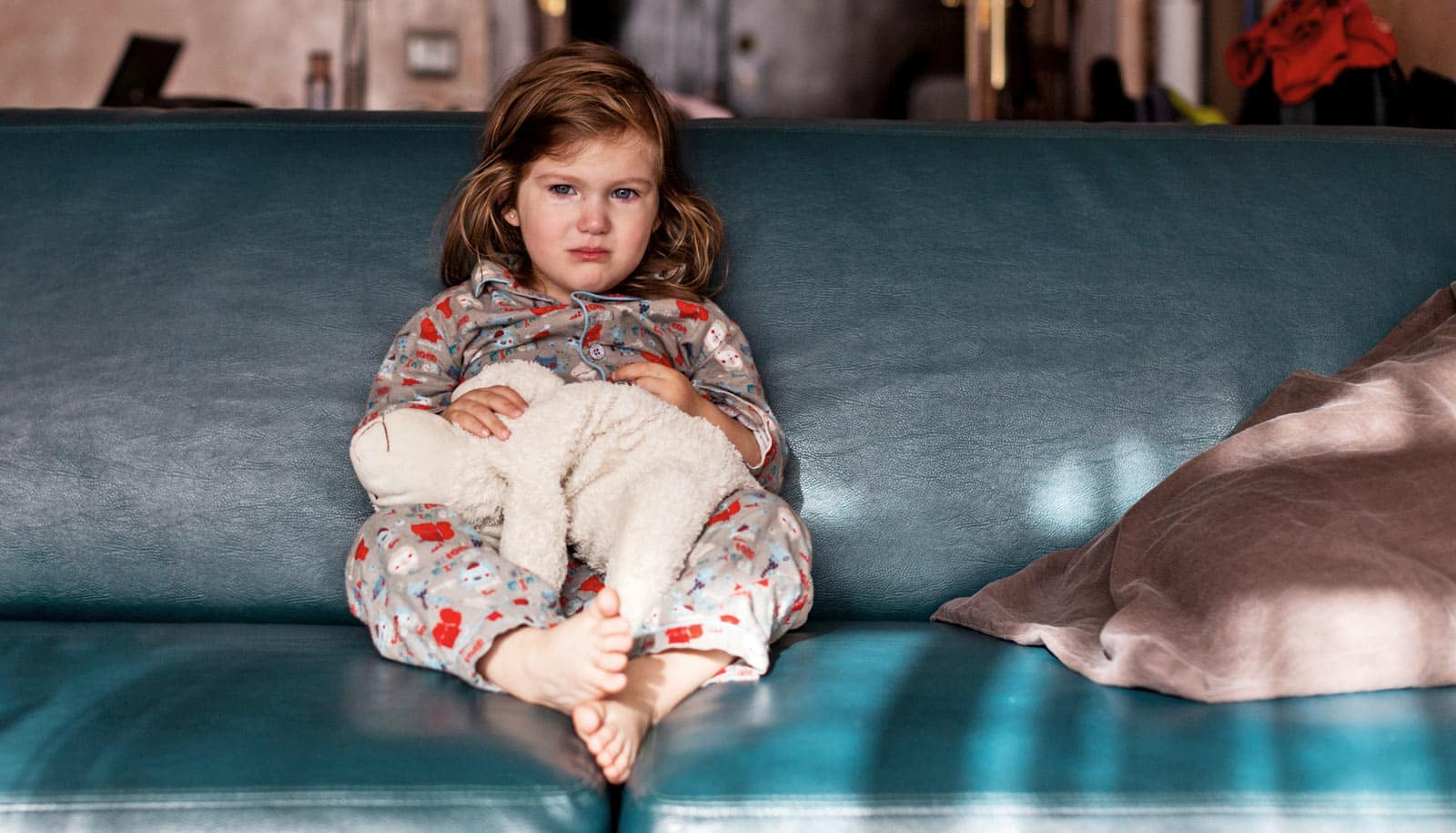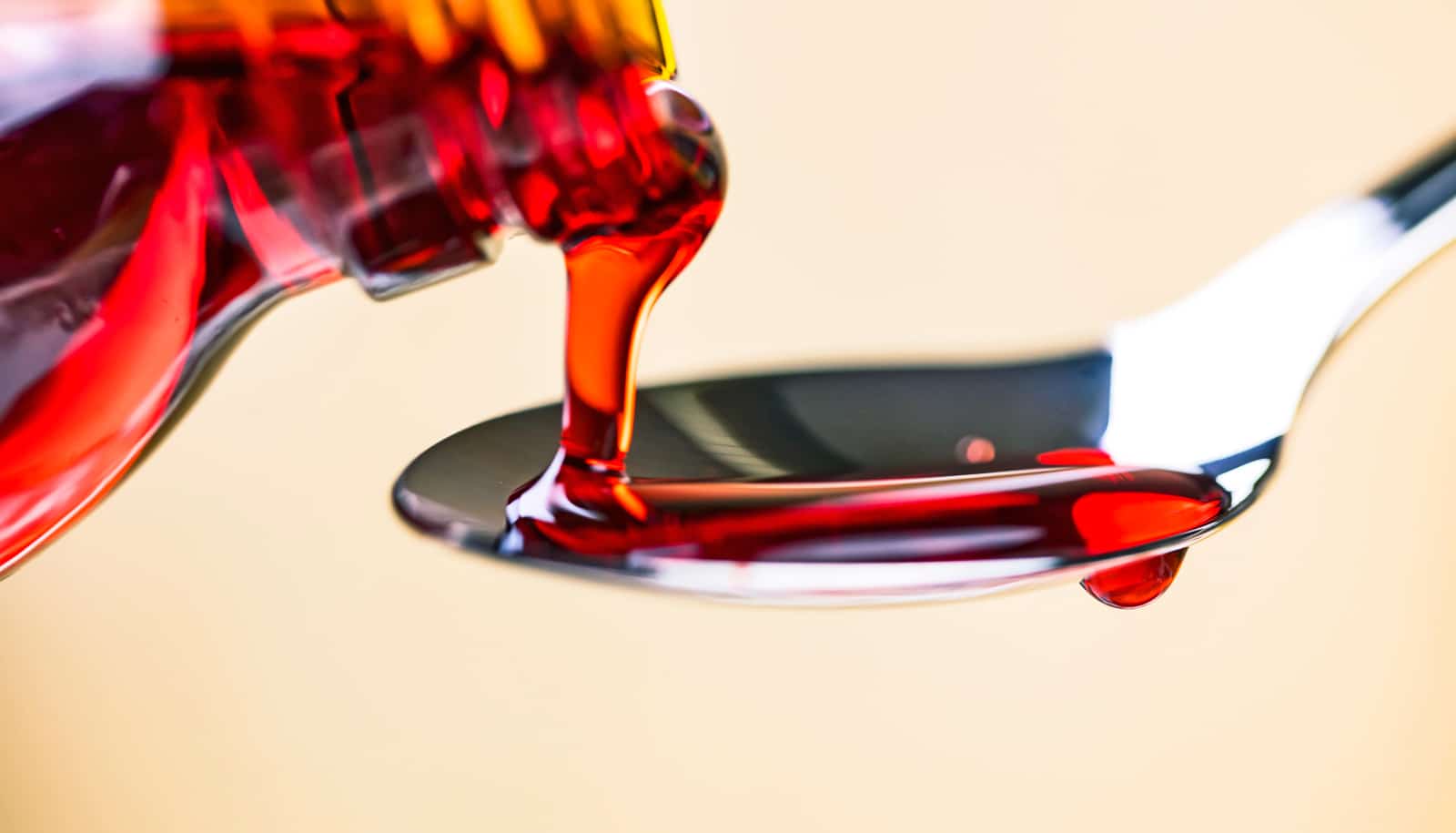US physicians are increasingly ordering medications for children “off label,” research finds.
Many drugs prescribed for children have not been rigorously tested in children, according to the Food and Drug Administration.
“Off-label medications—meaning medications used in a manner not specified in the FDA’s approved packaging label—are legal. We found that they are common and increasing in children rather than decreasing,” says senior author Daniel Horton, assistant professor of pediatrics and a pediatric rheumatologist at Rutgers Robert Wood Johnson Medical School.
“However, we don’t always understand how off-label medications will affect children, who don’t always respond to medications as adults do. They may not respond as desired to these drugs and could experience harmful effects.”
In visits with at least one drug order, doctors ordered drugs off-label in about 83% of newborn visits, 49% of infant visits, and about 40% of visits for other ages.
The findings highlight the need for more education, research, and policies addressing effective, safe pediatric drug prescribing.
The study, in the journal Pediatrics, analyzed data collected from 2006 to 2015 in the Centers for Disease Control and Prevention’s National Ambulatory Medical Care Surveys, which provide information on doctor office visits across the US. The researchers analyzed the frequency, trends, and reasons why doctors ordered unapproved medications for children under 18.
It is the first study in a decade to look at how US doctors outside of hospitals order a broad range of medicines off-label to children. This study focused on systemic drugs, which work throughout the body and have a greater potential for toxicity.
The study found, for about 19% of the estimated two billion office visits for children included in the study, doctors ordered one or more off-label systemic drugs, often for common conditions such as respiratory infections, asthma, or mental health disorders.
In visits with at least one drug order, doctors ordered drugs off-label in about 83% of newborn visits, 49% of infant visits, and about 40% of visits for other ages. The study also found that, among visits with at least one ordered drug, the rates of ordering off-label increased from 42% in 2006 to 47% by 2015.
Rates of off-label drug orders were higher for girls and for children with chronic conditions. Physicians in southern states ordered off-label drugs more often than physicians in other regions of the country. Specialists ordered them more commonly than general practitioners.
The most frequently ordered off-label drugs were antihistamines for respiratory infections, several classes of antibiotics for respiratory infections, and antidepressants for attention-deficit/hyperactivity disorder.
“Despite the laws in this country and Europe that encourage and require research on medications for children, we found that physicians are increasingly ordering certain medications off-label for children,” says Horton.
“Use of some off-label drugs is supported by high-quality evidence. For example, drugs approved to prevent vomiting caused by chemotherapy also work quite well in treating more common causes of vomiting in children, such as from viruses. We need this kind of evidence to determine the appropriateness of use of many other drugs currently used off-label to treat a wide range of conditions in children,” Horton says.
Source: Rutgers University



